
TANDO ALLAHYAR: In Pakistan’s fertile south, a grim-faced soldier found himself in a standoff with 100 flood-stricken protesters demanding help for their communities marooned by the surging water.
“We won’t leave until you come with us to save our families,” a defiant Ali Mohammad, 27, told the soldier. “Hundreds of our villagers are trapped in the flood waters but we can’t find anyone to help us rescue them.” A year after Pakistan’s worst ever floods, the lush southern lands of Sindh are inundated once more, and angry villagers were desperate for help for their families who had escaped several feet of floodwater by sitting on their roofs.
A heated argument ended with a promise that the army would return to help the thousands of marooned residents in Tando Allahyar district, one of the areas worst affected by the deluge.
“We are going to save people in another town – this delay will risk their lives,” the soldier said.
Official figures show the floods have killed nearly 300 people and affected 5.8 million since monsoon rains began last month -- leaving hundreds of thousands living under open skies on hills and along highways.
The number affected is far lower than the 21 million hit by the record floods in 2010, when nearly one billion dollars was given in foreign aid and civilian authorities were accused of a woeful response to the disaster.
Now with Sindh province – worst-hit last year – again swamped and the response not keeping pace Prime Minister Yousuf Raza Gilani has cancelled a visit to the UN General Assembly in New York to see the aid effort in progress.
Islamabad also asked the UN to issue a fresh international appeal for flood donations.
Fewer relief camps have been set up this year and many victims have erected makeshift huts using bamboo, shawls and sheets.

Visits to Tando Allahyar, Badin, Mirpurkhas and Sanghar districts in Sindh showed scores of towns and villages submerged under rainwater that overflowed from drains and canals and swept down from neighbouring mountains.
“Our town is completely submerged. So are dozens of surrounding villages,”said Qasim Mallah, 61, a fisherman from Pangrio town in Badin district, 100 kilometres south of Tando Allahyar.
“Most people have left the town, but some have stayed to safeguard their properties from looters,” he said.
One rescue worker, Suleman Abro, said the scale of the disaster was once again too much for authorities to handle.
“There are places where military, navy and international organisations are rescuing them, but the effort is too limited as the scale of disaster is much larger,” he said.
In the desert district of Thar, residents cut off from transport links by the flooding told AFP by phone that their homes had been inundated, forcing them to climb nearby sand dunes to stay on dry ground.
Supplies were become scarce, said Thar local Harish Kumar.
“We are desperately waiting for food supplies, as there are too many hungry and thirsty people,” he told AFP.
The UN’s food agency said it aimed to provide emergency aid to about half a million people by the end of September, then scale up to reach 2.2 million next month, as it appealed for foreign donations to help assist all those in need.
The World Food Programme said it had begun handing out rations in the worst-hit districts, starting with southern Badin.
But many are also facing dire shortages of clean drinking water, leading to outbreaks of acute diarrhoea, according to the World Health Organization (WHO).
“People are drinking filthy water and getting ill. The disaster is worsening every day, every moment,” said Aslam Khwaja, a relief worker from People’s Development Foundation.
The UN’s children agency said it would distribute 200,000 litres of water to 40,000 people daily and deploy 40 more water tankers in coming days, aiming to ensure access to clean drinking water and avert disease.
Deedar Ali, 35, was rescued by a navy boat from a village in Sanghar after, he said, having to sit on the roof of his house with his family for several days.
“Our rations had finished, my goats and buffaloes had died. We saw a few people struggling in the water and thought we would meet the same fate,” he said, crumbling into tears.
A boatman in Sanghar’s Khipro town that said the navy had only four rescue boats available in the area, and all were being used around the clock.
“We have rescued 5,000 people in four days. There are still many people inside,” he said.

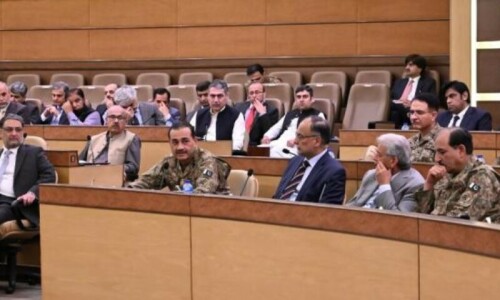

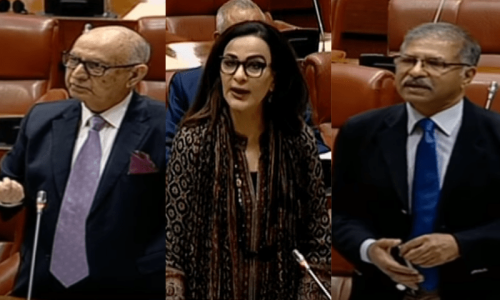













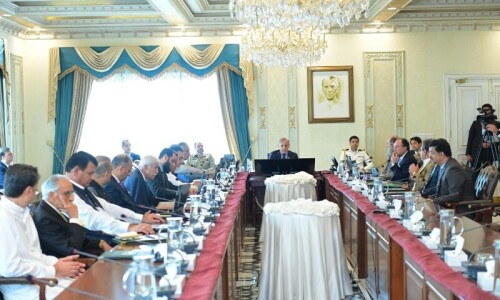
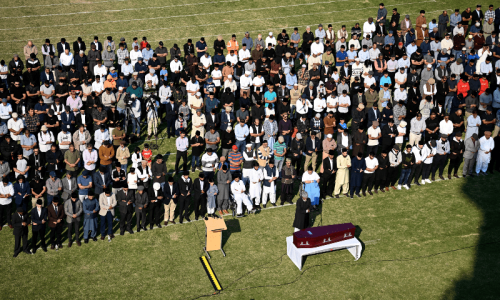
















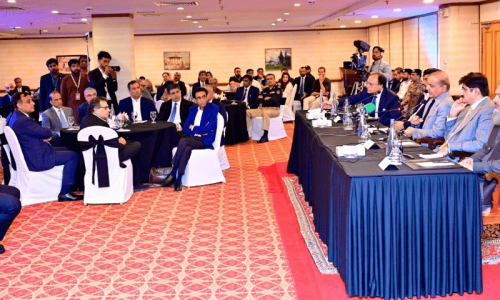








Dear visitor, the comments section is undergoing an overhaul and will return soon.